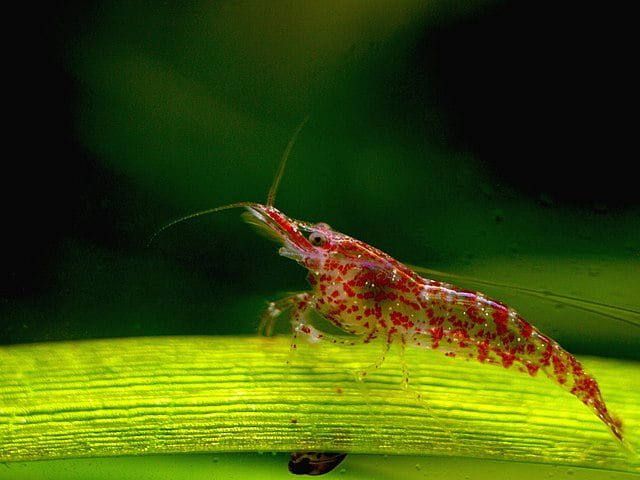Norway.- Low quality starter feed is limiting the growth of aquaculture. Using copepods, C-Feed has developed a live starter feed that gives higher yields and healthier fish with fewer resources.
Sustainable aquaculture can help to feed the world’s growing population, expected to reach 9.7 billion by 2050. However, the aquaculture industry is facing a major bottleneck in the form of suboptimal starter feed for fish and prawn larvae.
Rotifers and brine shrimp are the most commonly used starter feed for fish and prawns. Although affordable and accessible, they are far from ideal in terms of nutrition – leading to reduced growth rates and high mortality in the grow-out phase, as well as poor quality and deformities in full-grown fish. This, in turn, leads to significant biomass loss and increased production costs for the aquaculture sector.
Algae-fed copepods for healthier fry
To combat this, C-Feed is growing and exporting copepods to use as starter feed for the aquaculture sector. Copepods are zooplanktons found in abundance in all the world’s oceans, where they are the natural prey organisms for wild marine fish and prawn larvae. Nutrition-wise, copepods are superior to other types of starter feed, with higher content of protein, free amino acids, phospholipids and other essential fatty acids. This ensures healthy development of the fry’s digestive organs, brain and immune system. Copepods are easily digested, and their movement makes them attractive as feed for the fry.
C-Feed’s copepods are intensively farmed at a land-based facility in Vanvikan, Norway. The closed and fully controlled facility provides a completely biosecure environment, eliminating the risk of contamination and pathogens. Furthermore, the copepods are fed exclusively with CO₂-absorbing algae, ensuring a carbon-positive production.
Concrete benefits
Stay Always Informed
Join our communities to instantly receive the most important news, reports, and analysis from the aquaculture industry.
Using copepods as starter feed has been linked to dramatic improvements in growth rate, survival and quality in a range of different fish species. Furthermore, the naturally high and correctly balanced nutrients in copepods eliminate the need for feed enrichment, significantly improving water quality in fish farms.
Switching to copepod starter feed can increase production, reduce costs, improve fish quality and, ultimately, increase sales.
Market potential
Aquaculture now exceeds capture fisheries in its contribution to the global seafood market. C-Feed’s main markets comprise fast-growing marine species in Asia, Europe and North America, and the product is already exported to the EU, Japan, Thailand and the US.
C-Feed is working with public aquariums and aquarists, where use of high-quality copepods makes it possible to breed rare and endangered tropical species sustainably.
C-Feed was founded in 2014, as a spin-off of the Norwegian research institute SINTEF Ocean. Building on over 15 years of research, the company aims to make a significant positive impact on global aquaculture through breeding and industrialisation of copepod production.
Company info
Logo C-Feed AS
C-Feed AS
Brattørkaia 17B, NO-7010 Trondheim, Norway
Source: The Explorer
Editor at the digital magazine AquaHoy. He holds a degree in Aquaculture Biology from the National University of Santa (UNS) and a Master’s degree in Science and Innovation Management from the Polytechnic University of Valencia, with postgraduate diplomas in Business Innovation and Innovation Management. He possesses extensive experience in the aquaculture and fisheries sector, having led the Fisheries Innovation Unit of the National Program for Innovation in Fisheries and Aquaculture (PNIPA). He has served as a senior consultant in technology watch, an innovation project formulator and advisor, and a lecturer at UNS. He is a member of the Peruvian College of Biologists and was recognized by the World Aquaculture Society (WAS) in 2016 for his contribution to aquaculture.




